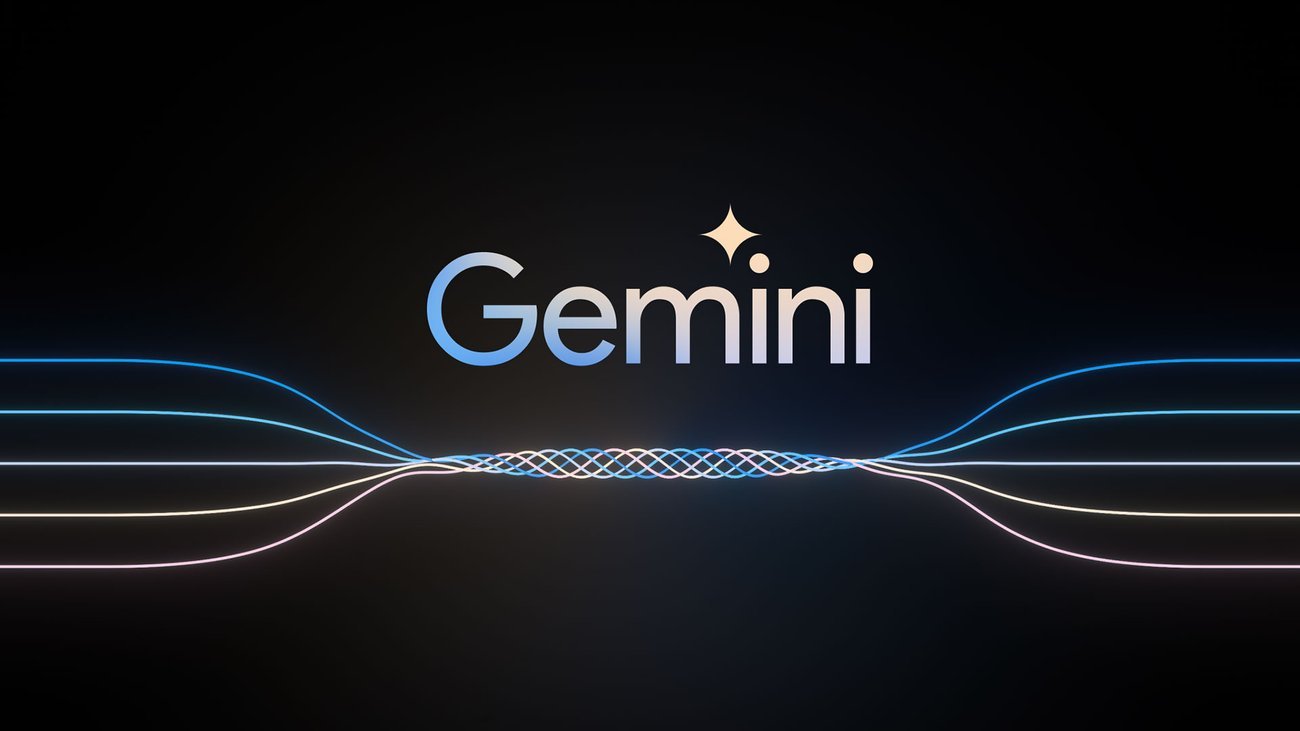Google’s recent unveiling of its most advanced AI model, Gemini, marks a significant step forward in the field of artificial intelligence. This next-generation upgrade enhances the capabilities of Google’s AI chatbot Bard, offering users a more sophisticated and versatile AI experience. Gemini is designed to handle bigger prompts with improved efficiency, showcasing Google’s commitment to advancing AI technology.
Key Highlights:
- Gemini introduces three variants: Ultra, Pro, and Nano, catering to a wide range of applications from mobile devices to data centers.
- It showcases superior performance in standard benchmarks, outperforming GPT-3.5 in six out of eight benchmarks.
- Gemini Ultra, the most capable model, is the first AI to outperform human experts in the MMLU test, covering 57 subjects.
- The AI is natively multimodal, capable of understanding and generating content across text, code, images, audio, and video.
- Bard, powered by Gemini, will offer enhanced capabilities in understanding, summarizing content, reasoning, and more.
Google’s Gemini represents the culmination of extensive research and development efforts, bringing together the expertise of Google DeepMind and Google Research. This AI model is distinguished by its natively multimodal capabilities, allowing it to process and generate content across different types of information seamlessly. From enhancing the user experience in Google’s Bard chatbot to facilitating sophisticated coding and programming tasks, Gemini is set to revolutionize how we interact with AI technologies.
Gemini’s performance has been rigorously tested across a wide range of tasks, demonstrating its ability to exceed current state-of-the-art results on numerous academic benchmarks. Its introduction signifies a major leap in AI capabilities, particularly in understanding complex written and visual information and extracting insights from vast amounts of data. With Gemini, Google aims to provide a more intuitive and expert assistant-like experience, blurring the lines between human and machine intelligence.
In-depth Analysis of Google’s Gemini AI
- Multi-Modal Capabilities: Unlike its predecessors, Gemini is designed to be natively multimodal, which means it can understand, process, and generate content across a variety of formats including text, images, audio, video, and code. This represents a significant leap from traditional AI models that are typically confined to single modes of communication, such as text.
- Enhanced Performance and Flexibility: Gemini’s architecture allows it to perform exceptionally well across a broad spectrum of benchmarks. For instance, Gemini Ultra has outperformed human experts on the MMLU test, which assesses understanding across 57 diverse subjects. This high level of performance is complemented by the model’s flexibility, as it comes in three sizes (Ultra, Pro, Nano) to suit different computational needs and scenarios.
The launch of Google’s Gemini AI represents not just a technological advancement but a paradigm shift in the generative AI landscape. With its unmatched capabilities in handling complex prompts across various modalities, Gemini sets a new standard for what AI can achieve. It symbolizes Google’s foresight and commitment to pushing the boundaries of AI, underscoring the potential of these technologies to transform our digital interactions. As Gemini rolls out, it will be fascinating to see how it shapes the future of AI applications, from everyday tasks to complex problem-solving scenarios.







